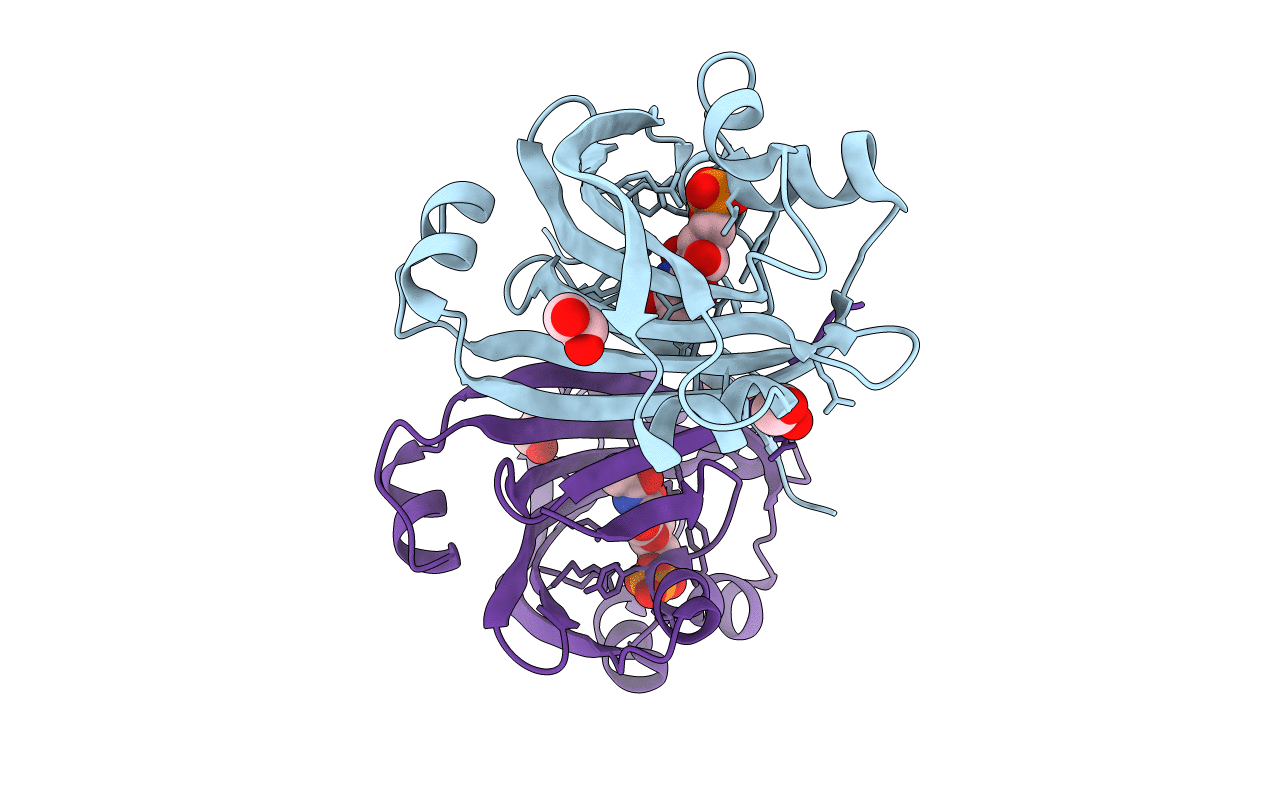
Deposition Date
2015-05-13
Release Date
2016-06-08
Last Version Date
2024-01-10
Entry Detail
PDB ID:
4ZSK
Keywords:
Title:
Crystal structure of the effector-binding domain of DasR (DasR-EBD) in complex with N-acetylglucosamine-6-phosphate
Biological Source:
Source Organism:
Streptomyces coelicolor A3(2) (Taxon ID: 100226)
Host Organism:
Method Details:
Experimental Method:
Resolution:
1.85 Å
R-Value Free:
0.24
R-Value Work:
0.19
R-Value Observed:
0.19
Space Group:
P 32 2 1


